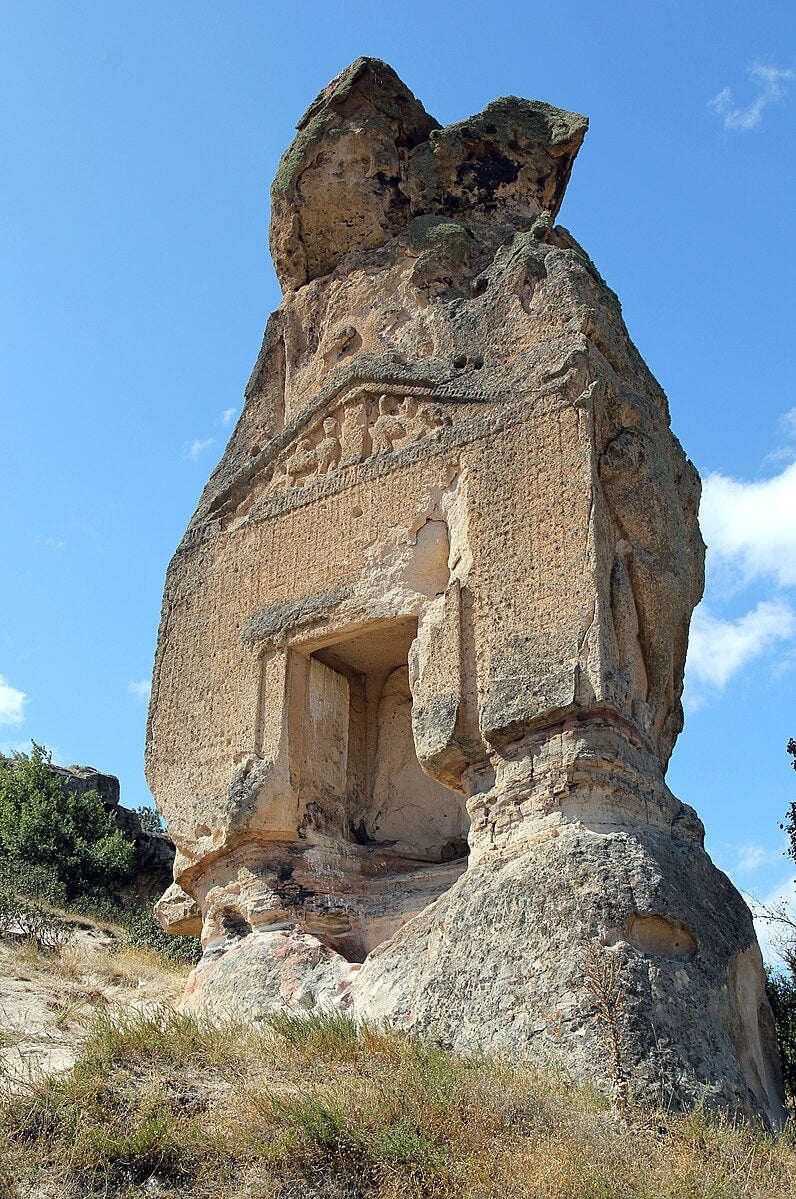Inscription on 2,600-year-old Turkish monument to mother of gods finally deciphered
Archaeologists use mid-morning sunlight and shadows to decipher ancient text
Your support helps us to tell the story
From reproductive rights to climate change to Big Tech, The Independent is on the ground when the story is developing. Whether it's investigating the financials of Elon Musk's pro-Trump PAC or producing our latest documentary, 'The A Word', which shines a light on the American women fighting for reproductive rights, we know how important it is to parse out the facts from the messaging.
At such a critical moment in US history, we need reporters on the ground. Your donation allows us to keep sending journalists to speak to both sides of the story.
The Independent is trusted by Americans across the entire political spectrum. And unlike many other quality news outlets, we choose not to lock Americans out of our reporting and analysis with paywalls. We believe quality journalism should be available to everyone, paid for by those who can afford it.
Your support makes all the difference.Archaeologists have finally deciphered the meaning, long debated, of a text inscribed on an ancient Turkish monument.
The heavily damaged inscription, written in the Old Phrygian language, is carved into Arslan Kaya or “Lion Rock”, a 2,600-year-old monument in western Turkey that features sphinx figures and an image of the goddess flanked by lions.
Inscriptions on the structure, discovered in 1884, have been nearly erased by time and vandalism and scholars have been debating their meaning for more than a century.
Attempts in the past to read the main inscription revealed that only four of the letters were visible, with the remaining text mostly unintelligible.
Now, researchers have found that the inscription spells out the name “Materan”, a goddess revered by the Greeks as the mother of gods.
To read the text, researchers relied on mid-morning light. Shadows at this time highlighted the remaining traces and helped decode the letters of the inscription.

They compared their hypothesised inscription with old photographs of the monument from the 19th century and concluded that the text spelled out “Materan”, along with other characters commonly used in Phrygian inscriptions as word dividers.
In the Phrygian language, Materan refers to the mother goddess who was revered as the protector and central deity.
Based on some of the monument’s stylistic details, scientists dated the text to the first half or the middle of the sixth century BC.
This suggests that the Arslan Kaya monument was likely created at the height of the Lydian Empire, when it dominated the region alongside the eastern Turkish Phrygian Empire.
This was a time when Lydia, the originator of gold and silver coins, also revered the mother goddess.
The findings further support the cultural connection between the two empires and their shared worship of the mother goddess as an important deity, researchers said.
Join our commenting forum
Join thought-provoking conversations, follow other Independent readers and see their replies
Comments